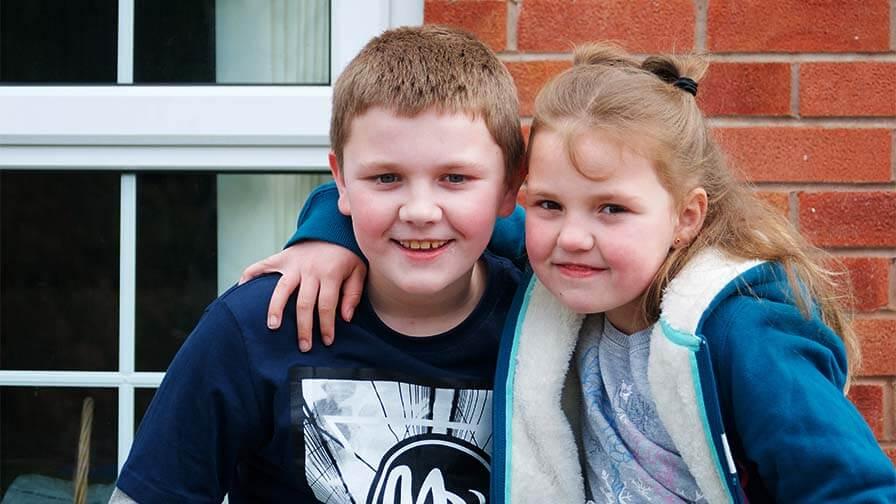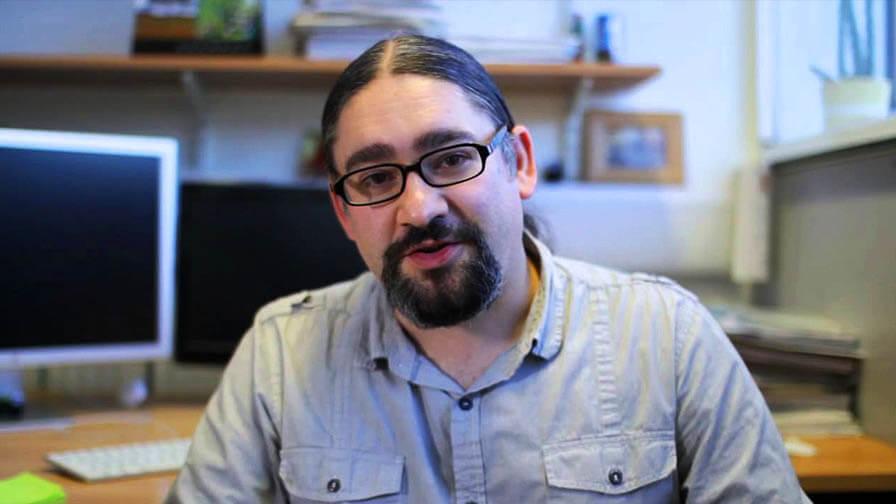
Children with juvenile Batten disease seem healthy and develop typically in their early years before experiencing increasingly distressing symptoms which progress over time, including sight loss, behavioural issues, tremors and epilepsy. There is currently no cure and children become severely disabled before losing their lives at a young age.
The faulty gene that causes the disease was discovered 20 years ago. It gives the body’s cells instructions on how to make a protein called CLN3 – but nobody knew what this protein did.
With Action funding awarded in 2015, Dr Emyr Lloyd-Evans and his team at Cardiff University aimed to unravel this mystery. Their findings are, says Dr Lloyd-Evans, ‘truly remarkable’.

We have made a breakthrough in finding what the CLN3 protein does and what the first thing that goes wrong in this disease is
This work revealed, for the first time ever, what CLN3 does – it acts as a transporter for potassium within the body’s cells. Having this knowledge allowed the team to explore whether certain existing drugs might reduce or even reverse the effects of this protein malfunctioning. They identified two potential new treatment strategies.
This initial work has now progressed further, resulting in clinical trials of the first ever drug treatment for juvenile Batten disease – with results from the Action-funded work providing vital evidence to support the planning and approval of these trials. The first of these, in young people aged 17 or over, is already underway in the US and showing very promising results. A further trial, testing the treatment in a larger group of patients, is being planned.
Toby, Corey and Izzy's story
Discovering that three of their children have the devastating, rare condition juvenile Batten disease has, says mum Dee, left the family feeling numb. Twins Toby and Corey, 12, and Izzy, who’s seven, are all affected. Their sister Amber, 11, does not have the disease, but may be a carrier.

